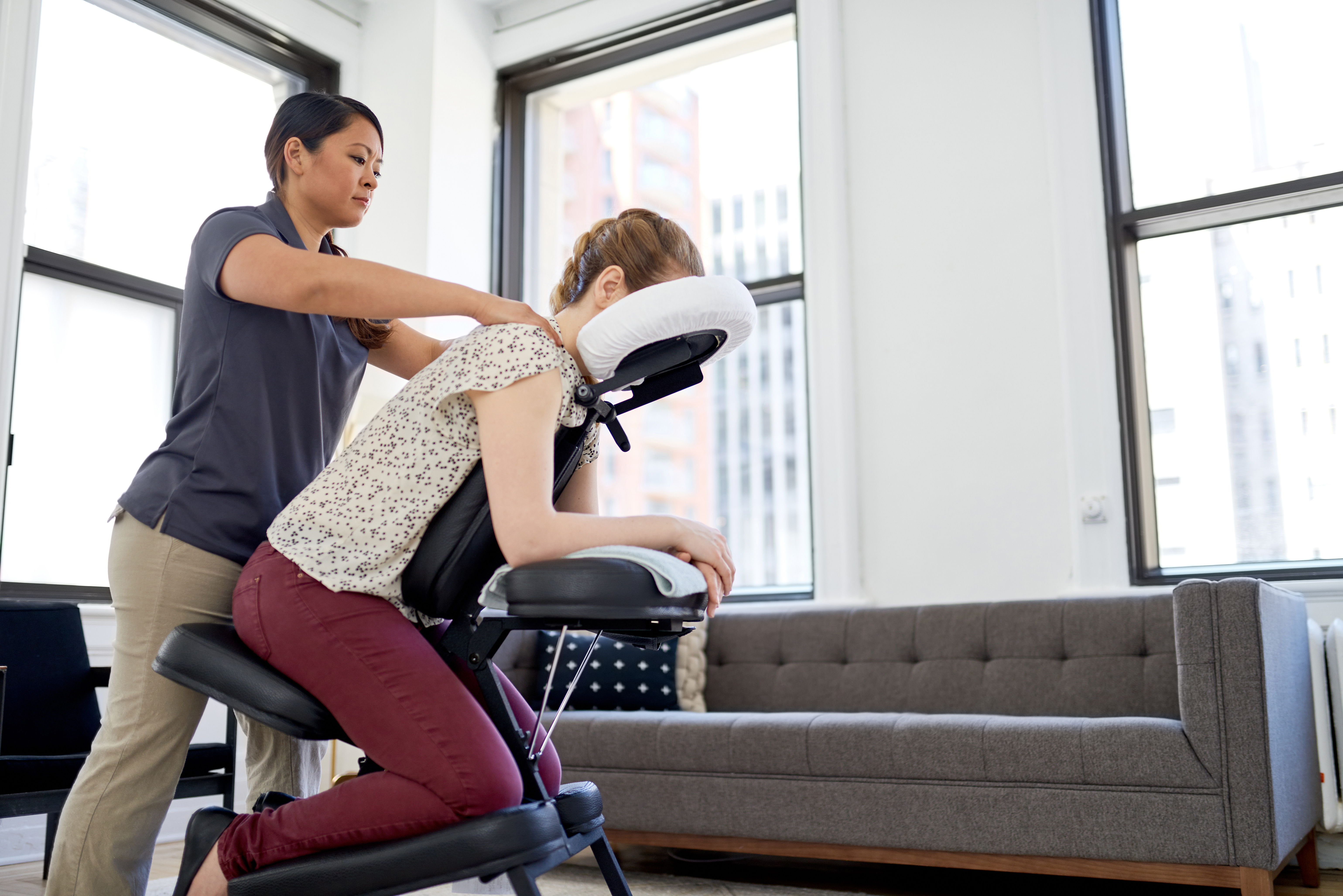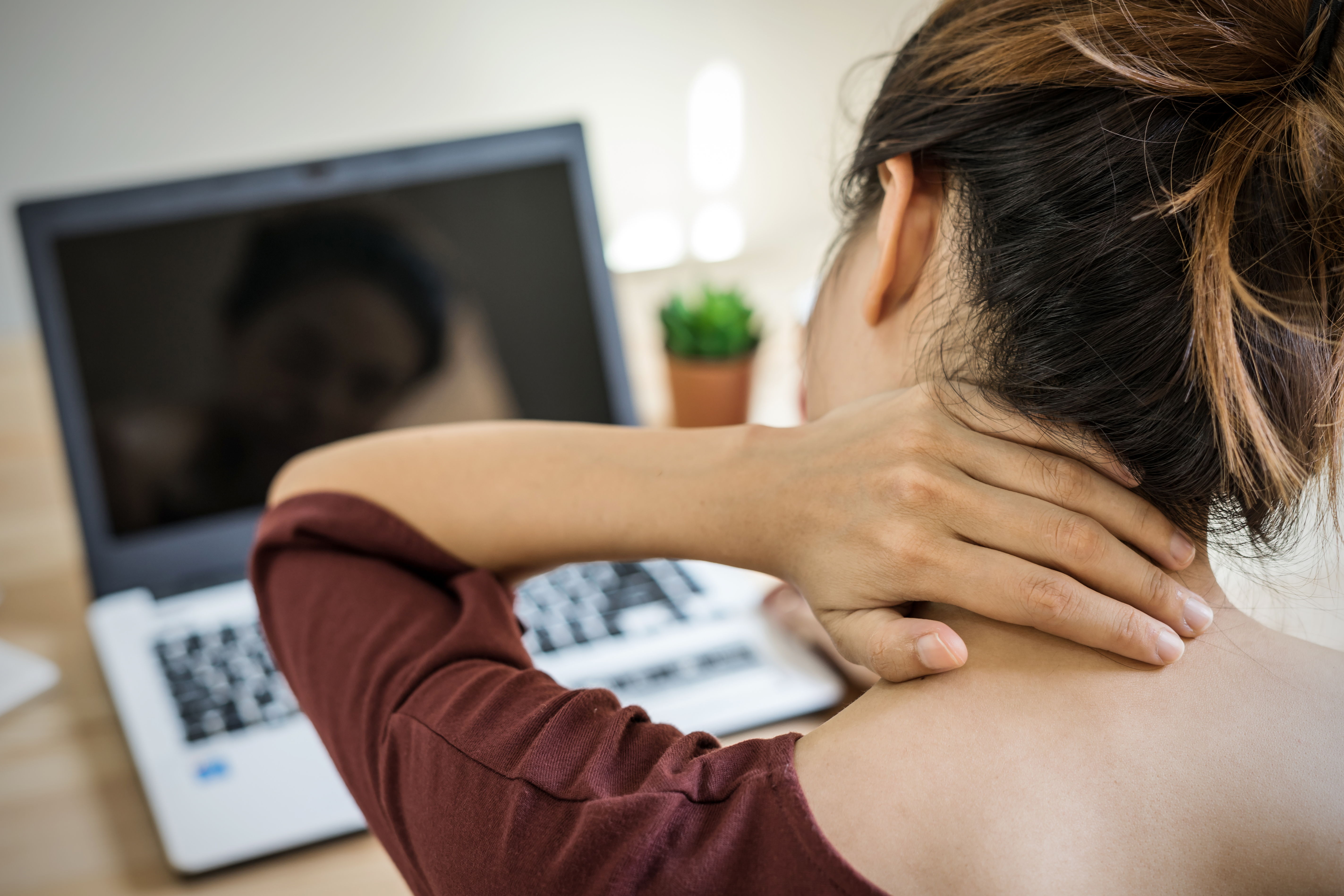Table Massage vs. Chair Massage: Exploring the Key Differences and Benefits
March 21, 2023

The world of massage therapy offers various techniques and modalities designed to cater to individual preferences and specific needs. Among the most popular choices are table massage and chair massage. Each has its own set of benefits and is designed to address different concerns. In this blog post, we'll delve into the key differences between these two modalities and help you decide which one might be best suited for you.
Setup and Environment
Table Massage: As the name suggests, table massages are performed on a massage table, with the client lying down, either face up or face down. The table is padded for comfort and typically comes with an adjustable face cradle. Clients are typically draped in sheets or towels, with only the area being worked on exposed. Table massages are usually performed in a quiet, private room with dimmed lighting and soothing music to create a relaxing atmosphere.
Chair Massage: In contrast, chair massages are performed on a specially designed massage chair that supports the client in a seated position. The chair is adjustable, allowing the therapist to access different areas of the body easily. Clients remain fully clothed during the session, and no oils or lotions are used. Chair massages are commonly offered in public areas such as offices, airports, or at events, making them more accessible to people on the go.
Duration and Focus
Table Massage: Table massages usually last between 60 to 90 minutes, providing ample time for the therapist to address specific areas of tension and work on the entire body. A table massage allows for a variety of techniques and modalities, including Swedish, deep tissue, sports massage, and more.
Chair Massage: Chair massages are designed to be quick and efficient, with most sessions lasting between 10 to 30 minutes. These massages focus primarily on the neck, shoulders, and back - areas that tend to hold the most tension from daily activities and stress. Chair massages offer an excellent way to relieve tension in a short amount of time.
Techniques and Pressure
Table Massage: A table massage enables the therapist to use a wide range of techniques, such as gliding strokes, kneading, tapping, and stretching. The pressure can be adjusted according to the client's preference, ranging from light to deep. Table massages also allow therapists to work on specific areas or problems, such as knots or muscle imbalances.
Chair Massage: Chair massages generally involve more focused and targeted techniques, such as acupressure and trigger point therapy. The pressure is typically moderate to firm, given the limited time and focus on specific muscle groups. While chair massages can still provide relief and relaxation, they may not offer the same level of customization as table massages.
Health Benefits
Both table and chair massages offer numerous health benefits, including reduced muscle tension, improved circulation, increased relaxation, and reduced stress. However, the more extended and comprehensive nature of table massages may provide a deeper sense of relaxation and allow for a more thorough addressing of specific issues.
Conclusion
Ultimately, choosing between a table massage and a chair massage depends on your personal preferences, needs, and available time. If you're looking for a quick and convenient way to relieve tension in specific areas, a chair massage may be the perfect choice. On the other hand, if you're seeking a more immersive and customizable experience to address various concerns, a table massage may be a better fit. No matter which you choose, both options can contribute to improved overall health and well-being.
Bigtoe can help
Whether you are looking for table massage or chair massage, Bigtoe makes getting a massage more accessible than ever. Book your next massage with Bigtoe to skip the traffic - we will have one of our licensed professional massage therapists come to you.
Need a massage today?
Same-day massage sessions available near you. Book online and a licensed Bigtoe therapist will be at your door - fast.
Book a Session Now




